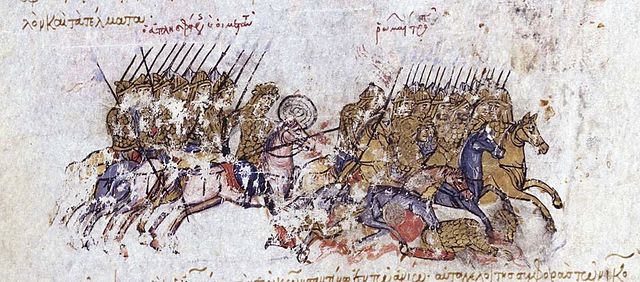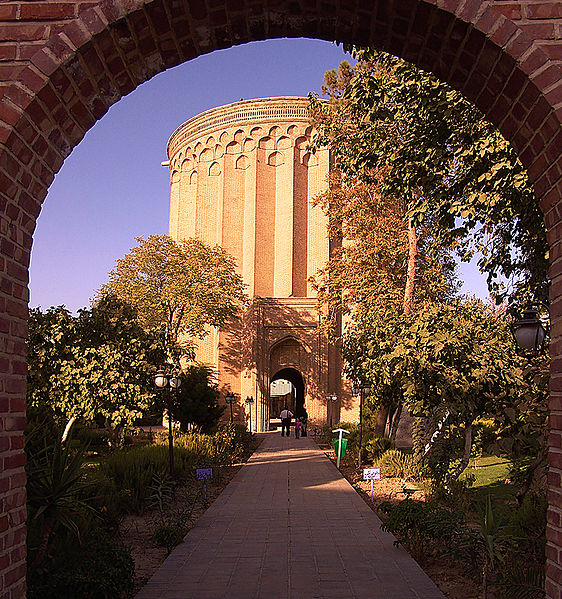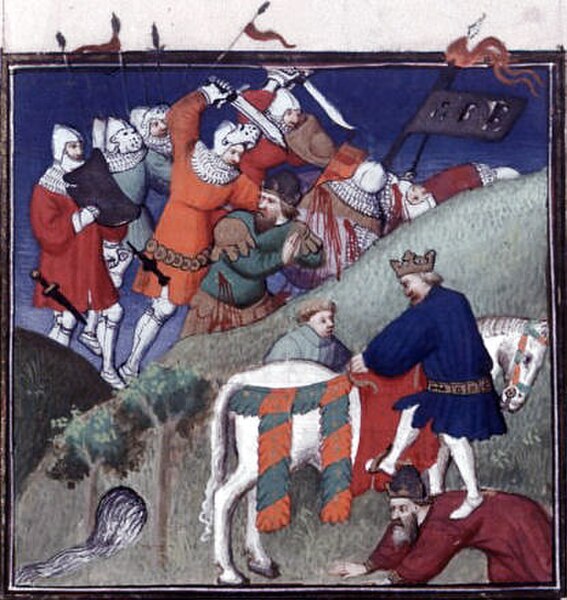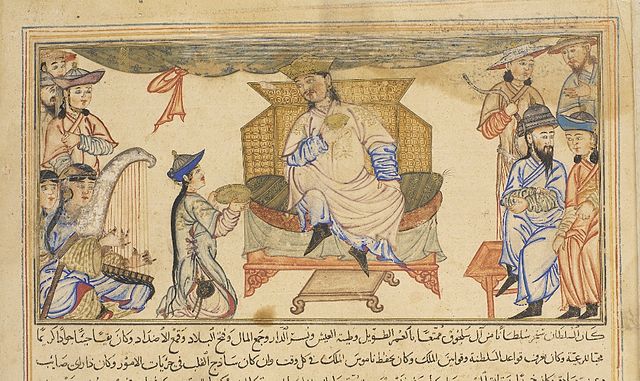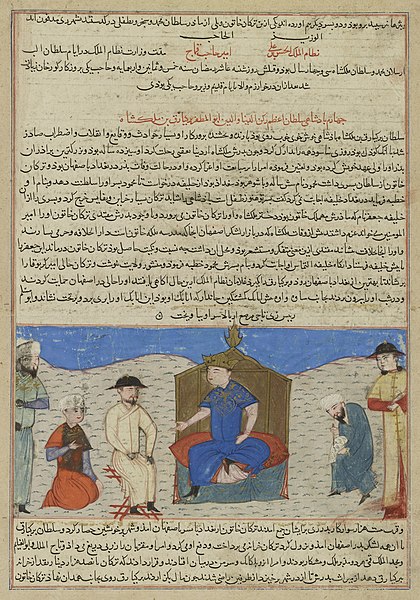The Battle of Kapetron or Kapetrou was fought between a Byzantine-Georgian army and the Seljuq Turks at the plain of Kapetron in 1048. The event was the culmination of a major raid led by the Seljuq prince Ibrahim Inal into Byzantine-ruled Armenia. A combination of factors meant that the regular Byzantine forces were at a considerable numerical disadvantage against the Turks: the local thematic armies had been disbanded, while many of the professional troops had been diverted to the Balkans to face the revolt of Leo Tornikios. As a result, the Byzantine commanders, Aaron and Katakalon Kekaumenos, disagreed on how best to confront the invasion. Kekaumenos favoured an immediate and pre-emptive strike, while Aaron favoured a more cautious strategy until the arrival of reinforcements. Emperor Constantine IX chose the latter option and ordered his forces to adopt a passive stance, while requesting aid from the ruler of Georgian Duchy of Kldekari, Liparit IV. This allowed the Turks to ravage at will, notably leading to the sack and destruction of the great commercial centre of Artze.
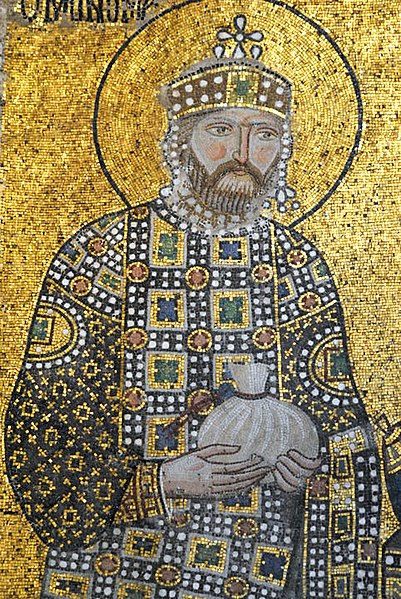
Emperor Constantine IX, mosaic from the Hagia Sophia
Battle between Byzantines and Muslims in Armenia in the mid-11th century, miniature from the Madrid Skylitzes manuscript
The Seljuk Empire, or the Great Seljuk Empire, was a high medieval, culturally Turco-Persian, Sunni Muslim empire, established and ruled by the Qïnïq branch of Oghuz Turks. It spanned a total area of 3.9 million square kilometres from Anatolia and the Levant in the west to the Hindu Kush in the east, and from Central Asia in the north to the Persian Gulf in the south.
The Toghrol Tower in the city of Ray in Iran, which serves as the tomb of the first Seljuk ruler Tughril I
15th-century French miniature depicting the combatants of the Battle of Manzikert in contemporary Western European armour
Ahmad Sanjar seated on his throne, from the 14th-century Jami' al-Tawarikh
Sultan Barkiaruq, the Seljuk ruler during the First Crusade, from the c. 1425 Persian manuscript of Hafiz-i Abru's Majma' al-Tawarikh, Yale University Art Gallery


